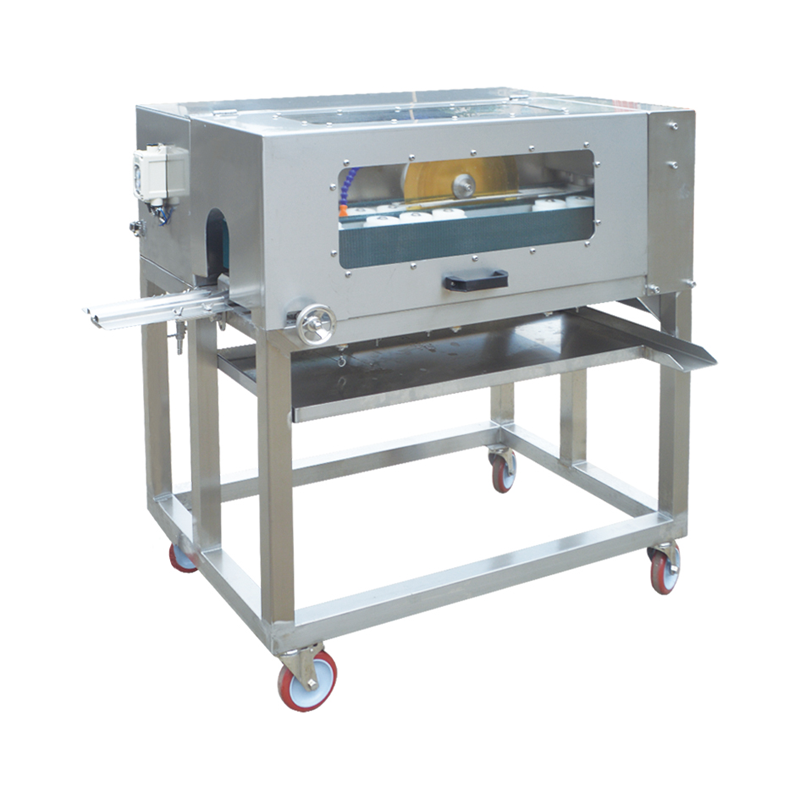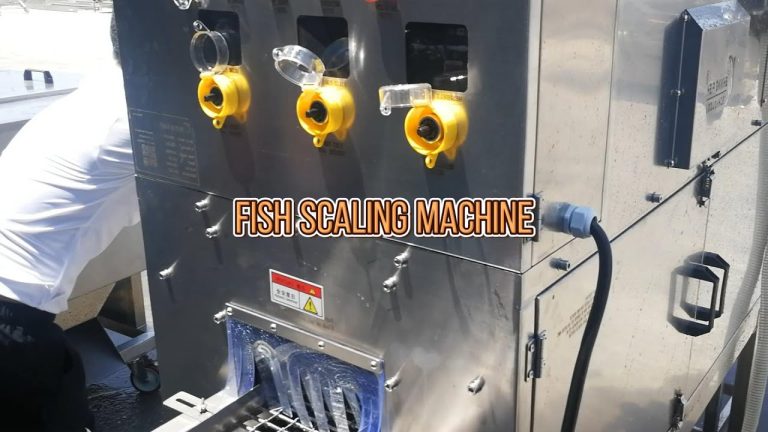Table of Contents
Understanding the Fish Cutting Saw
When it comes to processing fish, having the right tools can make all the difference. A saw specifically designed for cutting fish is an essential instrument in both commercial and recreational fishing environments. These saws typically feature serrated blades that allow for clean, precise cuts, minimizing damage to the flesh and ensuring optimal presentation.
Fish cutting saws come in various sizes and designs, catering to different types of fish and cutting requirements. Some models are handheld, offering portability and ease of use for smaller fish, while others are larger, electric saws designed for more significant operations. Choosing the right saw depends on the volume of fish being processed and the level of precision required.
Features of a Quality Fish Cutting Saw
Quality fish cutting saws often include features that enhance their usability and efficiency. For instance, a good saw will have a comfortable grip to reduce hand fatigue during extended use, as well as being lightweight for easy maneuverability. Additionally, corrosion-resistant materials, such as stainless steel, are crucial for maintaining sharpness and durability when working with wet environments.
Another important feature is the blade design. A well-crafted blade should be sharp and flexible, allowing for smooth cutting along the bones and fins of the fish. Some advanced models even have adjustable blade lengths, enabling users to customize their cutting experience based on the size of the fish being processed.

Safety Tips When Using a Fish Cutting Saw
| Nr. | Option |
| 1 | Fish processing machinery |
| 2 | Fish descaling device |
| 3 | Machine filleting fish |
| 4 | Fish cutting device |
| 5 | Fish peeling machinery |
| 6 | Fish washing equipment |
| 7 | Spray ice machine |
| 8 | Fish visceral removing machine |
| 9 | Fish depress machine |
| 10 | Fish slicing machine |
While fish cutting saws are excellent tools for processing fish, safety should always be a priority. Always ensure that the blade is sharp before use; dull blades can slip and cause accidents. Wearing cut-resistant gloves is also recommended to protect your hands from potential injuries during the cutting process.
It’s essential to maintain a clean and organized workspace. Keeping your cutting area free of clutter can prevent accidental slips or falls while handling the saw. Furthermore, it’s advisable to store the saw in a safe place when not in use, such as a designated sheath or holder, to avoid accidental contact with the blade.



